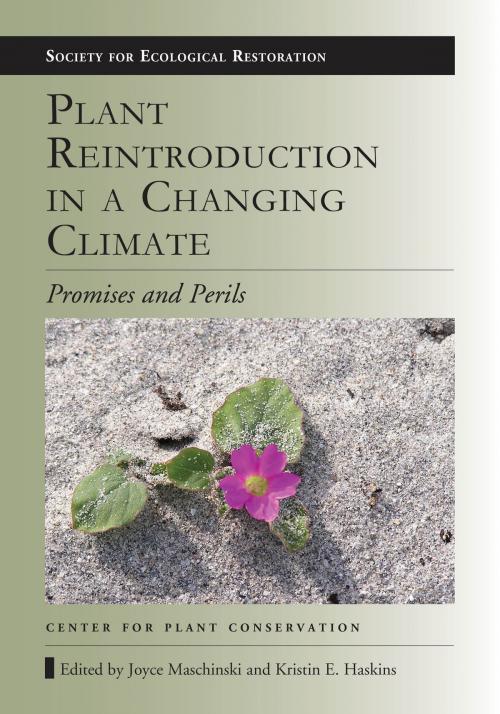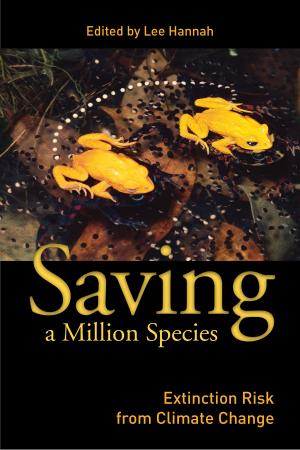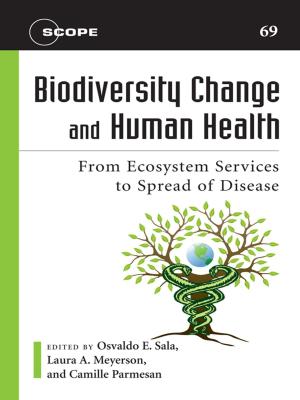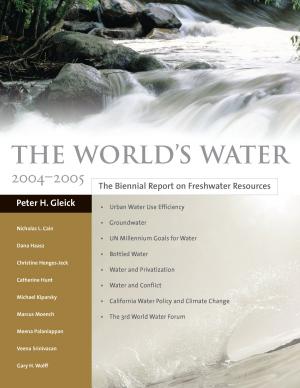Plant Reintroduction in a Changing Climate
Promises and Perils
Nonfiction, Science & Nature, Nature, Environment, Ecology, Science, Biological Sciences, Environmental Science| Author: | Joyce Maschinski, Kristin E. Haskins | ISBN: | 9781610911832 |
| Publisher: | Island Press | Publication: | March 6, 2012 |
| Imprint: | Island Press | Language: | English |
| Author: | Joyce Maschinski, Kristin E. Haskins |
| ISBN: | 9781610911832 |
| Publisher: | Island Press |
| Publication: | March 6, 2012 |
| Imprint: | Island Press |
| Language: | English |
Considered an essential conservation tool, plant reintroductions have been conducted for many of the world's rarest plant species. The expertise and knowledge gained through these efforts constitute an essential storehouse of information for conservationists faced with a rapidly changing global climate.
This volume presents a comprehensive review of reintroduction projects and practices, the circumstances of their successes or failures, lessons learned, and the potential role for reintroductions in preserving species threatened by climate change. Contributors examine currplant reintroduction practices, from selecting appropriate source material and recipisites to assessing population demography.
The findings culminate in a set of Best Reintroduction Practice Guidelines, included in an appendix. These guidelines cover stages from planning and implementation to long-term monitoring, and offer not only recommended actions but also checklists of questions to consider that are applicable to projects around the world.
Traditional reintroduction practice can inform managed relocation-the deliberate movemof species outside their native range-which may be the only hope for some species to persist in a natural environment. Included in the book are discussions of the history, fears, and controversy regarding managed relocation, along with protocols for evaluating invasive risk and proposals for conducting managed relocation of rare plants.
Plant Reintroduction in a Changing Climate is a comprehensive and accessible reference for practitioners to use in planning and executing rare plant reintroductions.
Considered an essential conservation tool, plant reintroductions have been conducted for many of the world's rarest plant species. The expertise and knowledge gained through these efforts constitute an essential storehouse of information for conservationists faced with a rapidly changing global climate.
This volume presents a comprehensive review of reintroduction projects and practices, the circumstances of their successes or failures, lessons learned, and the potential role for reintroductions in preserving species threatened by climate change. Contributors examine currplant reintroduction practices, from selecting appropriate source material and recipisites to assessing population demography.
The findings culminate in a set of Best Reintroduction Practice Guidelines, included in an appendix. These guidelines cover stages from planning and implementation to long-term monitoring, and offer not only recommended actions but also checklists of questions to consider that are applicable to projects around the world.
Traditional reintroduction practice can inform managed relocation-the deliberate movemof species outside their native range-which may be the only hope for some species to persist in a natural environment. Included in the book are discussions of the history, fears, and controversy regarding managed relocation, along with protocols for evaluating invasive risk and proposals for conducting managed relocation of rare plants.
Plant Reintroduction in a Changing Climate is a comprehensive and accessible reference for practitioners to use in planning and executing rare plant reintroductions.















